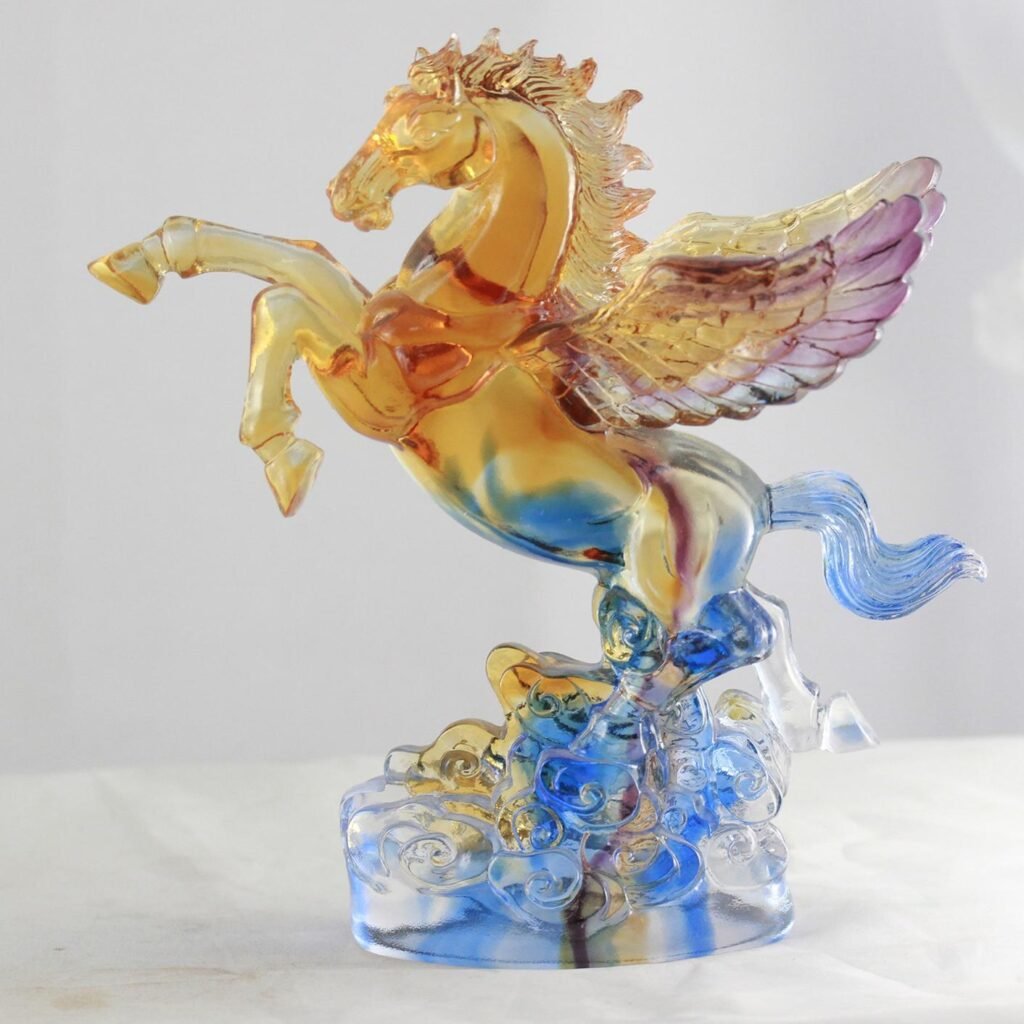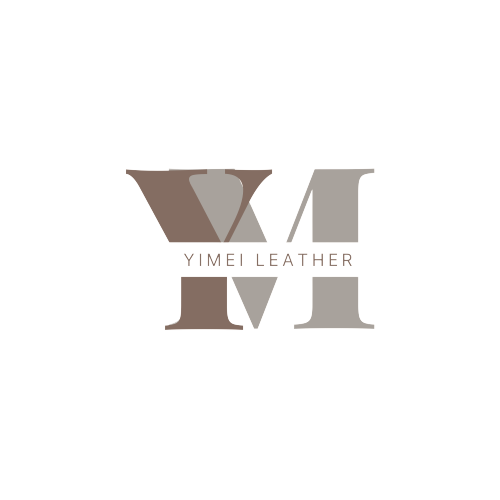
The allure of Liuli craftsmanship stems from a refining process characterized by “clay as the base and fire as the soul” — from seemingly ordinary quartz sand to a crystal-clear work of art, it undergoes numerous precision polishing steps. From simple beads from the pre-Qin period to complex modern sculptures, the core production process consistently revolves around four key principles: raw material transformation, modeling, shaping in the fire, and fine finishing. The only difference is that tools and techniques have evolved over time. The following examines the six core steps in Liuli production, integrating traditional and modern techniques.
Ⅰ. Raw Material Selection and Proportioning
This step determines the glass’s color, transparency, and hardness, following the principles of purity, accuracy, and uniformity.
1. Core Materials:
① Base material: Quartz sand (purity ≥95%) with impurities removed; some regions add feldspar (for better transparency) or limestone (for higher hardness).
② Flux: Traditional lead tetroxide or saltpeter, modern sodium carbonate (lowers melting temperature from 1700℃ to 800-1200℃).
③ Colorant: Metal oxides (e.g., copper oxide for green, cobalt oxide for blue).
Proportioning and Grinding: Traditional proportioning relies on craftsmen’s experience; modern methods use precise instruments (error ≤0.1g). Materials are ground to 200-mesh fineness and sieved 2-3 times.
2. Proportioning and Grinding:
Traditional proportioning relies on craftsmen’s experience; modern methods use precise instruments (error ≤0.1g). Materials are ground to 200-mesh fineness and sieved 2-3 times.
Ⅱ. Unfired Body Shaping
Shaping is the process of transforming mixed raw materials into a specific shape. Depending on the type of work (such as beads, utensils, sculptures), it is divided into four mainstream methods: “molding”, “blowing”, “kneading” and “lost wax casting”, each of which is applicable in its own scenario.
1. Molding:
For mass-produced, regular shapes. Traditional clay molds or modern gypsum/silicone molds are used, with “gates” (for material injection) and “vents” (for air release) reserved. Hollow products use slip casting; solid ones use dry powder filling.
2. Blowing:
For thin-walled hollow items (e.g., bottles). Molten glass is picked up with an iron tube, then blown and rotated to shape, completed within 10 minutes.
3. Pinching:
For irregular small sculptures. Craftsmen shape materials by hand with tools, then air-dry for 24 hours.
4. Lost-Wax Casting:
For complex modern sculptures. A wax mold is made, coated with refractory material to form a shell; wax is melted out, and molten glass is poured in.
Ⅲ. Unfired Body Drying
The shaped clay body (especially the molded or kneaded clay body) contains moisture. If it is fired directly, the moisture will expand due to heat and cause the clay body to crack. Therefore, it needs to undergo “natural drying” or “low-temperature drying”.
1. Natural Drying:
Air-dry in a well-ventilated, cool room (20-25℃, 50-60% humidity) for 3-7 days, turned 1-2 times daily.
2. Low-Temperature Drying:
Modern drying ovens heat at 50℃ for 2 hours, then 80℃ for 1 hour. Qualified dried bodies are harder and make a crisp sound when tapped.
Ⅳ. High-Temperature Firing
Firing is the core step in transforming the plain body into colored glaze. The temperature, heating rate, and holding time must be strictly controlled. It is known as the “art of fire”. The operating logic of traditional wood-fired kilns and modern electric kilns is the same, but the temperature control accuracy is different.
1. Kiln Loading:
Use “support cakes” to avoid adhesion; leave 5-10cm between products for even heating.
2. Firing Curve:
① Preheating (room temp-400℃): 50℃/hour (removes residual moisture).
② Heating (400-1200℃): 100-150℃/hour (melts materials into glass).
③ Insulation (1200℃): 1-3 hours (eliminates bubbles).
④ Cooling (1200℃-room temp): Traditional kilns take 3-5 days; modern electric kilns take 24-36 hours (prevents cracking).
Ⅴ. Unloading and Initial Inspection
1. Unloading Timing:
Open the kiln when temperature drops below 50℃.
2. Inspection:
Check for cracks, bubbles, and deformation. Unqualified products are recycled; qualification rate is 60-80% (below 50% for complex sculptures).
Ⅵ. Fine Processing
The colored glaze that passes the initial inspection still needs to go through three processes of “grinding, polishing and decoration” before it can be transformed from a “plain body” into a “finished product” and show a crystal clear texture.
1. Grinding:
Coarse grinding removes defects; fine grinding uses 120-800 mesh sandpaper for a smooth surface.
2. Polishing:
Traditional method uses polishing paste (rosin + paraffin + fine sand); modern method uses polishing machines (with cerium oxide) for better efficiency.
3. Decoration:
Engraving (with diamond knives), decal application (re-fired at 600℃), gilding, or inlaying (e.g., gemstones for modern jewelry).
From raw material proportions to final decoration, every step in the glassmaking process requires the perfect timing, location, and people. Subtle variations in temperature and humidity, as well as the craftsman’s delicate touch, can impact the finished product. It’s this meticulous approach — where “a slight error can lead to a huge error” — that has made Liuli glass a treasure that has endured for millennia, imbuing each piece with a unique vitality.

